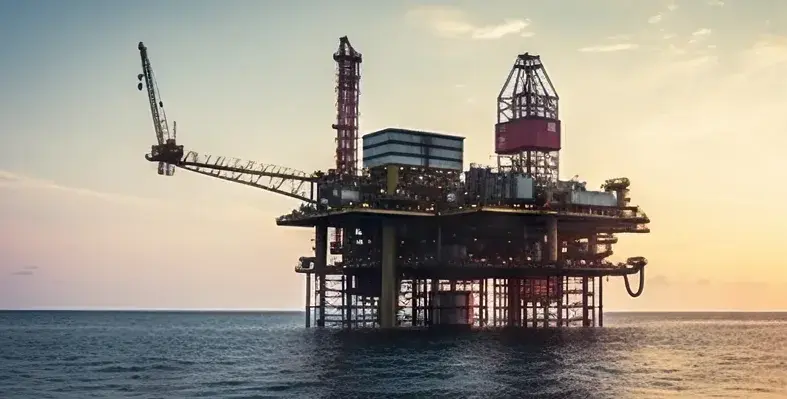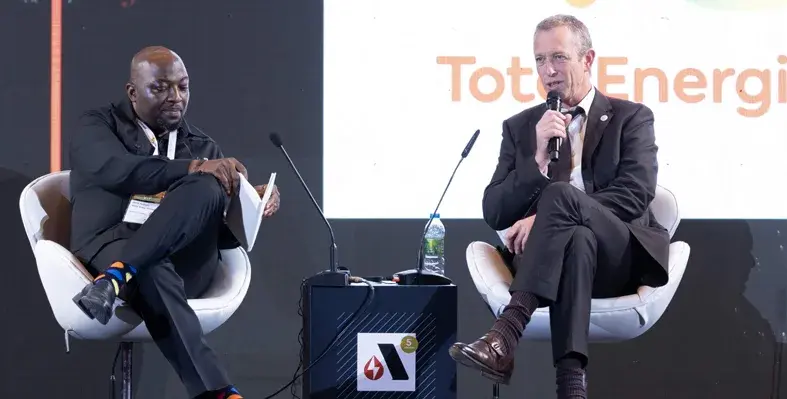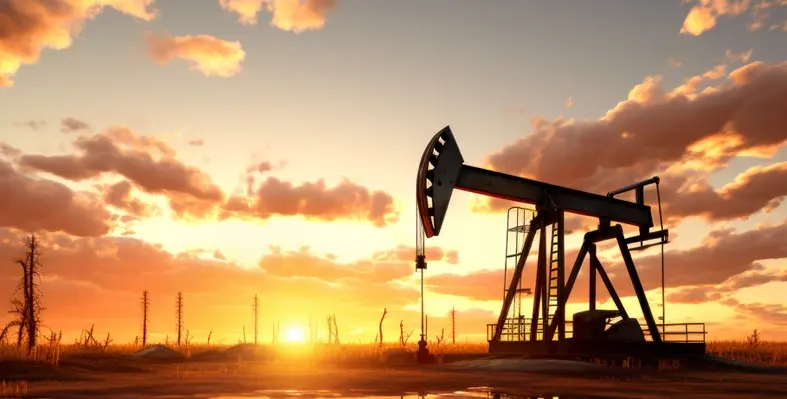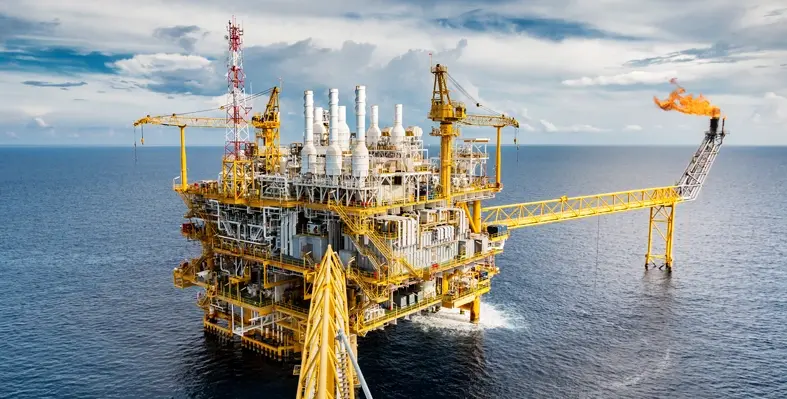
Springfield E&P partners with NOL’s Deepsea Bollsta rig to appraise the Afina-1x well, advancing Ghana's deepwater oil production. (Image source: Adobe Stock)
Springfield E&P has announced its engagement of the Deepsea Bollsta rig, operated by Northern Ocean Limited (NOL), to conduct the appraisal of the Afina-1x well in Ghana’s deep offshore block, WCTP-2
This initiative, in collaboration with GNPC and GNPC Explorco, demonstrates Springfield's dedication to advancing oil production in Ghana. The focus is on completing the unitisation process for the Afina-Sankofa fields, which aims to deliver substantial benefits to the Ghanaian government and all involved stakeholders.
The well testing using the Deepsea Bollsta rig is set to begin in October. Numerous reputable local and international service providers have been contracted to deliver support services for the operations.
Springfield's CEO, Kevin Okyere, remarked, “I am hoping that our tenacity and persistence will inspire Ghanaians and the youth across Africa to know that they can all dare to dream and achieve anything they want.”
On July 8th, the International Court of Arbitration mandated that Springfield undertake further work to finalize the unitisation process. In response, Springfield promptly secured the necessary rig and technical resources to proceed with the appraisal and testing of the Afina-1x well. The company emphasises its commitment to respecting judicial decisions, whether national or international.
Springfield, alongside GNPC and GNPC-Explorco, is eager to collaborate with Northern Ocean on this landmark drilling operation, marking the first time an independent African company will operate in deep water.
The successful execution of this project will position Springfield as the first independent African producer operating in deep water. Northern Ocean’s strong track record, efficiency, and expertise made them an ideal partner, allowing both companies to organise and initiate this drilling campaign in record time. Springfield is optimistic about the potential of a lasting partnership that brings substantial benefits to all stakeholders.
Arne Jacobsen, CEO of NOL, stated, “We are excited to announce this strategic alliance agreement with Springfield, which is an important step in the company’s plan to build a solid order backlog. In addition, this alliance creates the foundation for NOL and Springfield to work as partners to deliver first-in-class operation with our tier 1 HE rigs. Springfield is an important operator in Ghana, and we are eager to build a long-term relationship with this esteemed company.”







